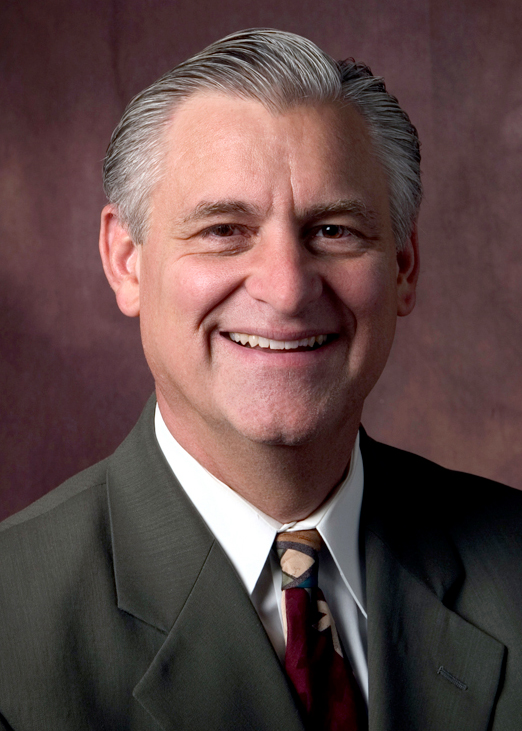God has given the fivefold ministry to the church for the “perfecting” (KJV) or the “equipping” of the believers. The saints are equipped so that they can do “the work of ministry.” Here “ministry” means “service,” or all the functions of the church. Every believer should have a ministry—not necessarily public preaching but a specific place of service in the body of Christ.
To View the Entire Article, Click Here
To Download the Article Directly to Your Computer, Click Here
To View the Outline, Click Here
To View the PowerPoint, Click Here
By David K. Bernard
And He Himself gave some to be apostles, some prophets, some evangelists, and some pastors and teachers, for the equipping of the saints for the work of ministry, for the edifying of the body Of Christ (Ephesians 4: 1 1-12).
God has given the fivefold ministry to the church for the “perfecting” (KJV) or the “equipping” of the believers. The saints are equipped so that they can do “the work of ministry.” Here “ministry” means “service,” or all the functions of the church. Every believer should have a ministry—not necessarily public preaching but a specific place of service in the body of Christ.
It is the task of church leaders to help each saint find his work of ministry and train him to perform that task properly. In particular, those who hold the five ministerial offices are to inspire, motivate, disciple, instruct, and prepare the saints so that everyone is an active, productive member of the body.
When each member performs his proper function, the whole body will be edified, or built up. The goal is to attain maturity in Christ. Beginning with “the unity of the Spirit in the bond of peace” (Ephesians 4:3), we are to pursue “the unity of the faith and the knowledge of the Son of God, to a perfect man, to the measure of the stature of the fullness of Christ” (Ephesians 4:13). We are to “grow up in all things into Him who is the head—Christ—from whom the whole body, joined and knit together by what every joint supplies, according to the effective working by which every part does its share, causes growth of the body for the edifying of itself in love” (Ephesians 4:15-16).
Here we see that the church is like a body, a living organism. Each member has a vital role to play, but the roles are not the same: “For as we have many members in one body, but all the members do not have the same function, so we, being many, are one body in Christ, and individually members of one another. Having then gifts differing according to the grace that is given to us, let us use them” (Romans 12:4-6). “There are diversities of gifts, but the same Spirit. There are differences of ministries, but the same Lord. And there are diversities of activities, but it is the same God who works all in all. But the manifestation of the Spirit is given to each one for the profit of all” (I Corinthians 12:4-7).
The New Testament establishes qualifications for leadership in the church, indicating that we should not rush people into positions before they are ready spiritually. (See Acts 6:3; I Timothy 3:1-13.) Indeed, in the case of a bishop (pastor), Paul wrote that the church should not select “a novice” (I Timothy 3:6).
At the same time, Paul raised up local leaders as soon as possible. On their first missionary journey, Paul and Barnabas established churches in a number of cities. Then they retraced their steps, confirming the new believers and selecting ministerial leaders in each local congregation to continue the work under their supervision. “So when they had appointed elders in every church, and prayed with fasting, they commended them to the Lord in whom they had believed” (Acts 14:23). Undoubtedly, the earliest leaders already had a strong biblical and moral foundation as faithful Jews or God-fearing Gentiles before they came into the church. (See, for example, II Timothy 1:5; 3:15.) Nevertheless, the apostles were willing to entrust their converts with positions of responsibility in a relatively short time.
To View the Entire Article, Click Here
To Download the Article Directly to Your Computer, Click Here



